Highlights
- iPhone 15 Pro Max achieves highest median download speed in Ookla’s Q4 test.
- Samsung’s Galaxy Z Fold 4 and S23 Ultra showcase impressive network speeds.
- iPhone 15 Pro Max tops upload speeds, Galaxy S23 Ultra excels in latency.
- Apple and Samsung lead in smartphone value retention, says SellCell report.
In the latest results from Ookla’s Speedtest Intelligence test for the fourth quarter, Apple’s iPhone 15 Pro Max has emerged as the fastest smartphone in the United States.
With a remarkable median download speed of 213.84Mbps, it outpaced its slightly less powerful sibling, the iPhone 15 Pro, which achieved 189.33Mbps.
This performance underscores Apple’s commitment to delivering top-tier connectivity and speed in its flagship devices.
Samsung’s Galaxy Z Fold 4 and Galaxy S23 Ultra also showed impressive performance, with median download speeds of 184.69Mbps and 181.04Mbps, respectively, followed by the iPhone 15 at 172.12Mbps.
This competition highlights the ongoing advancements in smartphone technology, with each brand pushing the envelope in network performance.
In terms of upload speeds, the iPhone 15 Pro Max again led the pack with a speed of 14.70Mbps.
The Galaxy S23 Ultra topped the list in latency with a score of 52 ms, indicating Samsung’s focus on optimizing network responsiveness.
Overall Manufacturer Performance
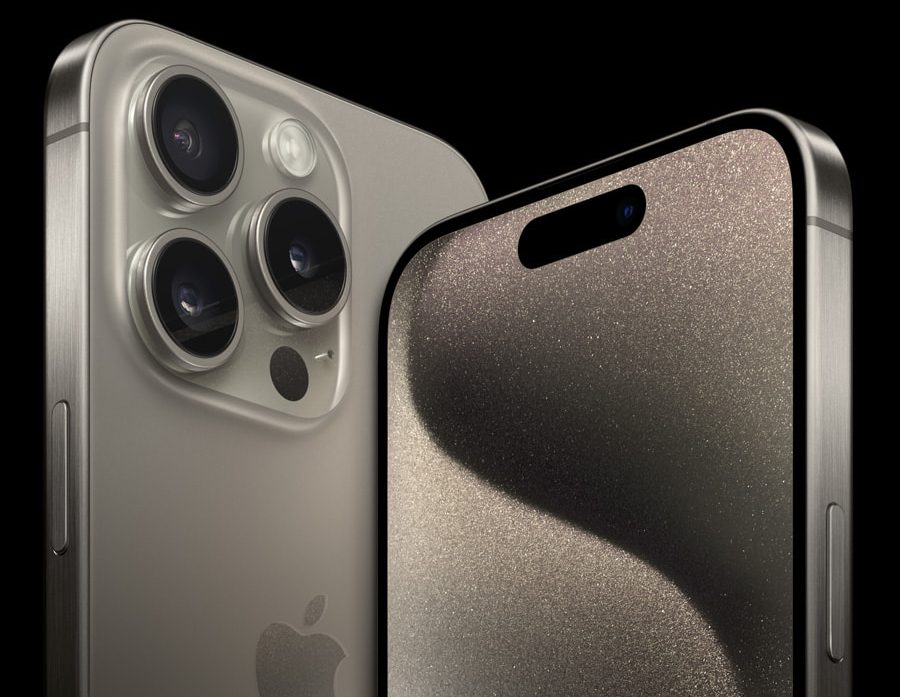
Ookla’s report also provided insights into the overall performance of the top two manufacturers.
While there was no clear statistical winner between Apple and Samsung, Samsung ranked first in median download speed, median upload speed, and latency.
Apple, with slightly lower scores in these categories, still maintains strong performance metrics, showcasing the competitive landscape of smartphone technology.
Apple and Samsung Lead the Way
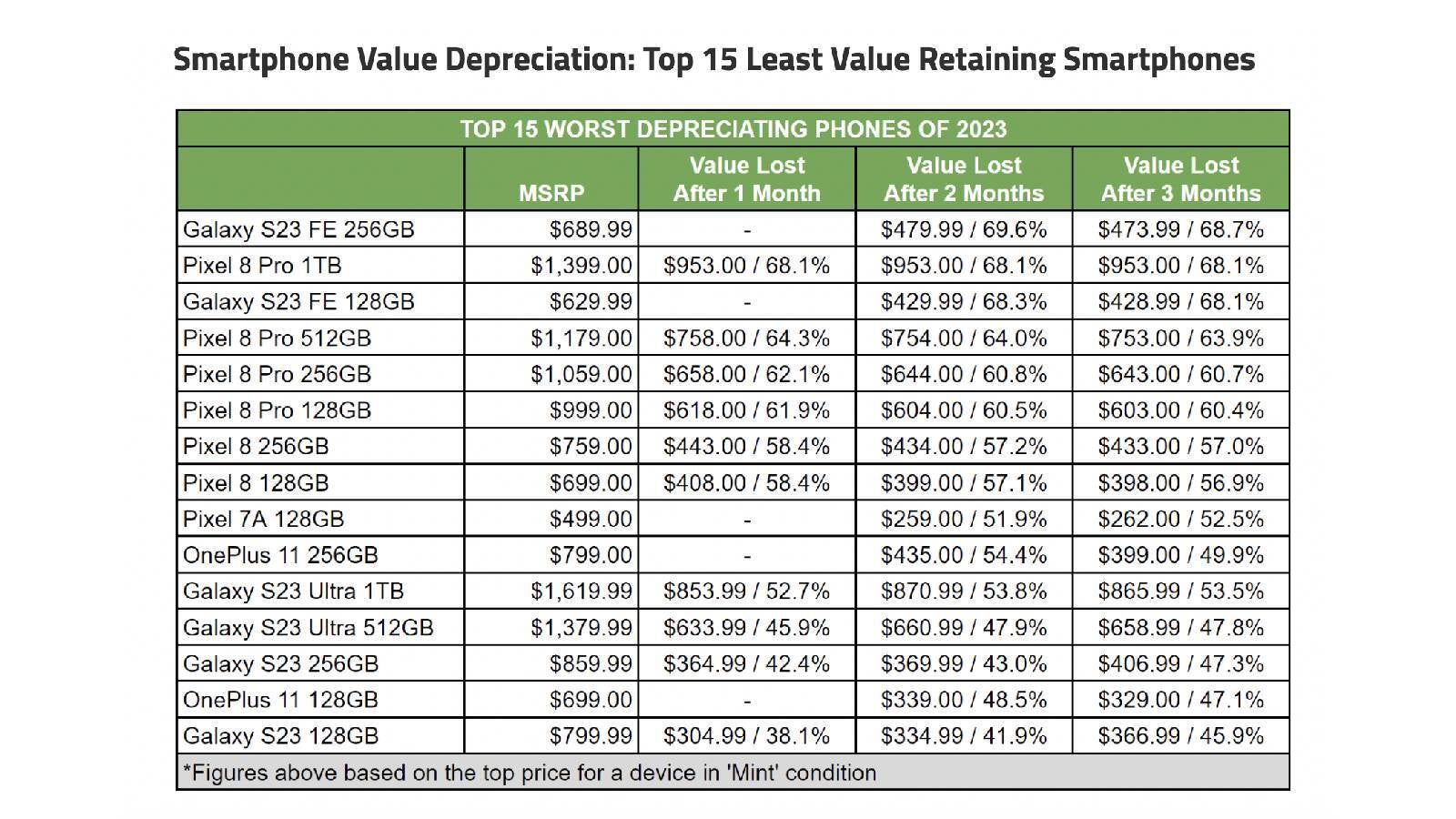
A report from the online smartphone marketplace and price comparison site SellCell highlights the depreciation rates of various smartphone brands.
Apple’s iPhone 15 series, particularly the 256GB iPhone 15 Pro Max, exhibited the least depreciation, losing only 18.2 percent of its value in the first three months.
This trend reinforces Apple’s reputation for producing devices that maintain their value over time.
On the Android front, Samsung’s Galaxy S23 series stood out, with the 256GB Galaxy S23 Plus losing only 35.3 percent of its value in the same period.
This performance makes the Galaxy S23 series a compelling choice for Android users concerned about long-term value retention.
Contrast with Competitors
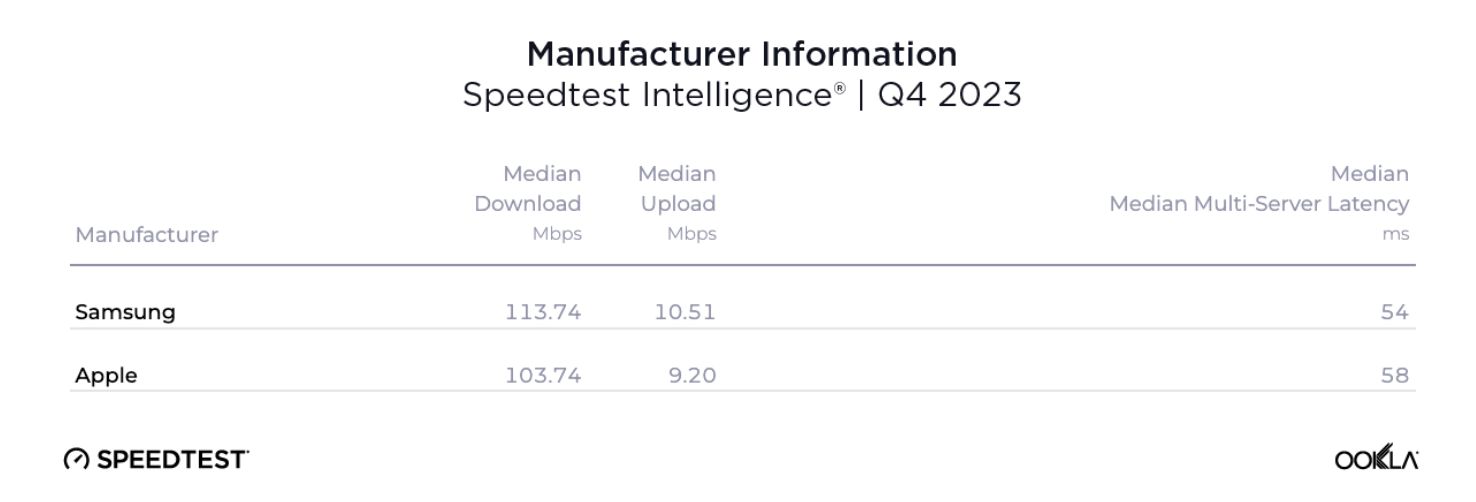
In comparison, the Galaxy S23 FE faced a significant depreciation, losing 68.4 percent of its value three months post-release.
Similarly, Google’s Pixel 8 saw a substantial drop in value, depreciating by 61.2 percent in the first three months.
These figures highlight the varying degrees of value retention across different models and manufacturers in the smartphone market.
Implications for Consumers and the Industry
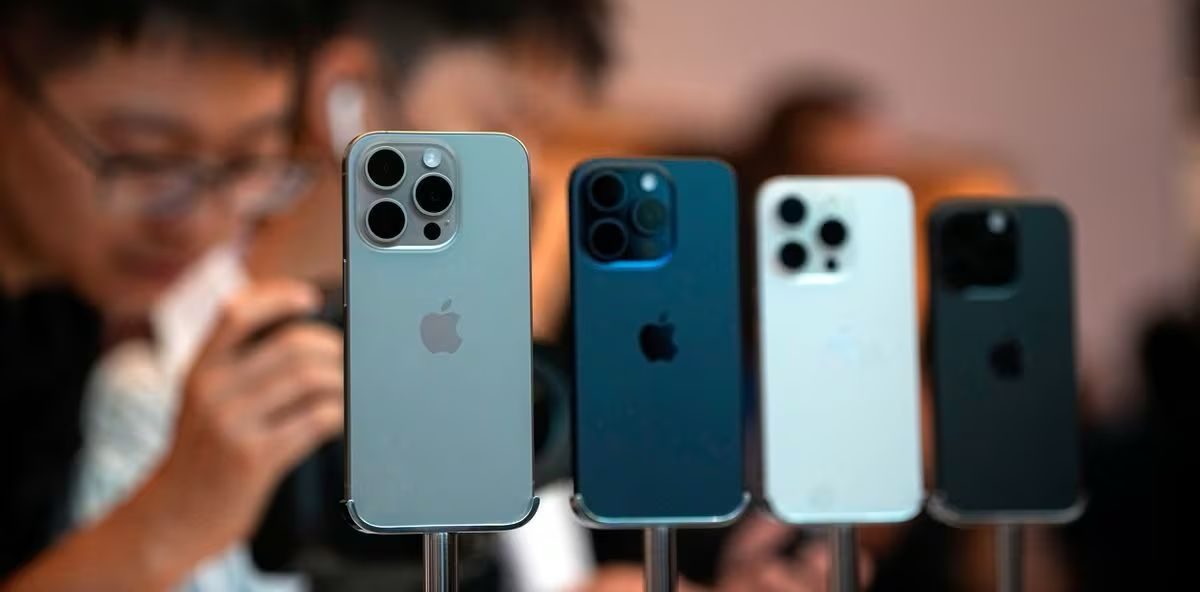
These findings offer valuable insights for consumers making purchasing decisions based on performance and long-term value.
For those prioritizing speed and network performance, the iPhone 15 Pro Max stands out as a top contender.
However, for users seeking a balance between performance and value retention, both Apple’s iPhone 15 series and Samsung’s Galaxy S23 series present compelling options.
The contrasting depreciation rates among different models also underscore the importance of brand reputation and market perception in determining a smartphone’s long-term value.
As the smartphone market continues to evolve, these factors will play a crucial role in shaping consumer preferences and the strategies of manufacturers.
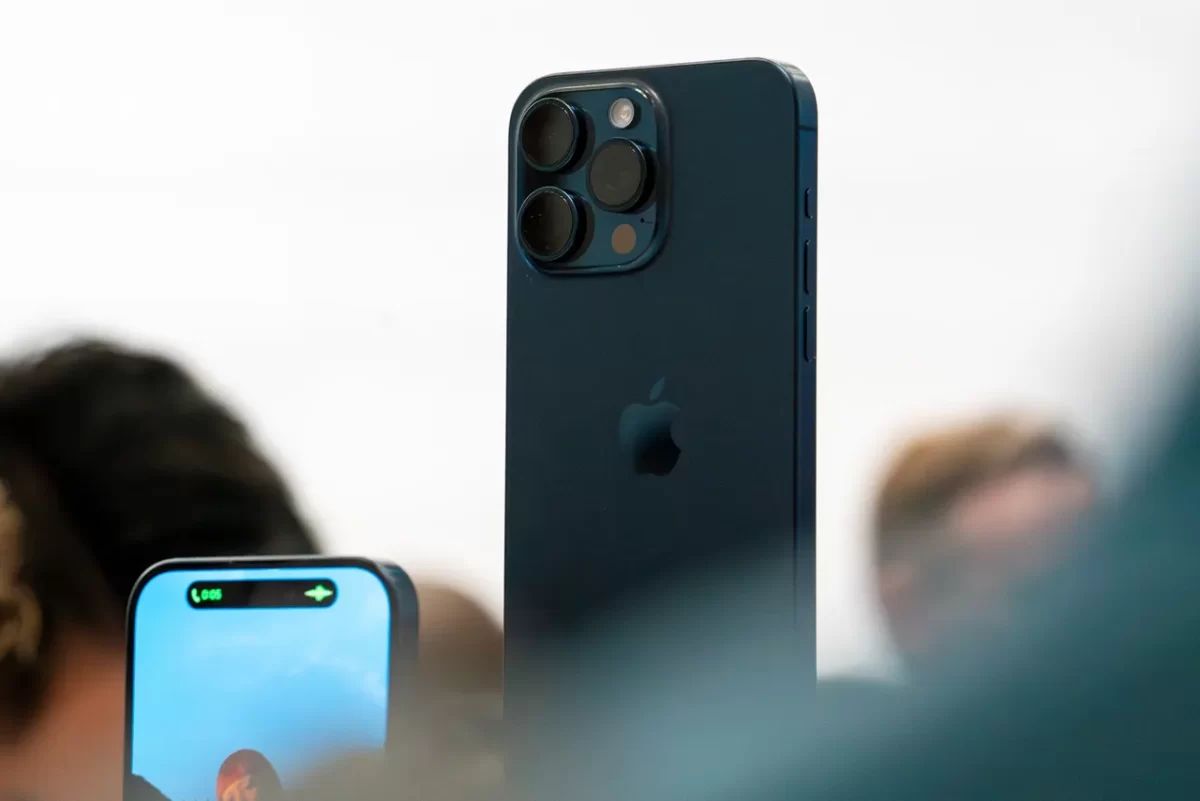
APPLE IPHONE 15 PRO MAX SPECIFICATIONS
Key Specs
| RAM | 6 GB |
| Processor | Apple A15 Bionic |
| Rear Camera | 12 MP + 12 MP + 12 MP |
| Front Camera | 12 MP |
| Battery | 4400 mAh |
| Display | 6.7 inches (17.02 cm) |
General
| Launch Date | August 16, 2023 (Unofficial) |
| Operating System | iOS v15 |
Performance
| Chipset | Apple A15 Bionic |
| CPU | Hexa Core (3.23 GHz, Dual core, Avalanche + 1.82 GHz, Quad core, Blizzard) |
| Architecture | 64 bit |
| Fabrication | 5 nm |
| Graphics | Apple GPU (four-core graphics) |
| RAM | 6 GB |
Display
| Display Type | OLED |
| Screen Size | 6.7 inches (17.02 cm) |
| Resolution | 1284 x 2778 pixels |
| Aspect Ratio | 19.5:9 |
| Pixel Density | 457 ppi |
| Screen Protection | Yes |
| Bezel-less display | Yes |
| Touch Screen | Yes, Capacitive Touchscreen, Multi-touch |
| Refresh Rate | 120 Hz |
Design
| Waterproof | Yes, Water resistant, IP68 |
| Ruggedness | Dust proof |
Camera
| MAIN CAMERA | ||
| Camera Setup | Triple | |
| Resolution | 12 MP f/1.6, Wide Angle, Primary Camera 12 MP , Telephoto Camera 12 MP, Ultra-Wide Angle Camera |
|
| Autofocus | Yes | |
| Flash | Yes, Dual LED Flash | |
| Image Resolution | 4000 x 3000 Pixels | |
| Settings | Exposure compensation, ISO control | |
| Shooting Modes | Continuous Shooting High Dynamic Range mode (HDR) |
|
| Camera Features | Digital Zoom Auto Flash Face detection Touch to focus |
|
| Video Recording | 1920×1080 @ 30 fps | |
| FRONT CAMERA | ||
| Camera Setup | Single | |
| Resolution | 12 MP f/2.3, Primary Camera | |
| Video Recording | 1920×1080 @ 30 fps | |
Battery
| Capacity | 4400 mAh |
| Type | Li-ion |
| Removable | No |
| Quick Charging | Yes, Fast |
| USB Type-C | No |
Storage
| Internal Memory | 128 GB |
| Expandable Memory | No |
Network & Connectivity
| SIM Slot(s) | Dual SIM, GSM+GSM |
| SIM Size | SIM1: Nano, SIM2: eSIM |
| Network Support | 5G Not Supported in India, 4G Supported in India, 3G, 2G |
| VoLTE | Yes |
| SIM 1 |
4G Bands:
TD-LTE 2300(band 40)
FD-LTE 1800(band 3) 3G Bands:
UMTS 1900 / 2100 / 850 / 900 MHz
2G Bands:
GSM 1800 / 1900 / 850 / 900 MHz
GPRS:
Available
EDGE:
Available
|
| SIM 2 |
4G Bands:
TD-LTE 2300(band 40)
FD-LTE 1800(band 3) 3G Bands:
UMTS 1900 / 2100 / 850 / 900 MHz
2G Bands:
GSM 1800 / 1900 / 850 / 900 MHz
GPRS:
Available
EDGE:
Available
|
| Wi-Fi | Yes, Wi-Fi 4 (802.11 b/g/n) |
| Wi-Fi Features | Mobile Hotspot |
| Bluetooth | Yes, v5.0 |
| GPS | Yes with A-GPS, Glonass |
| NFC | Yes |
Multimedia
| FM Radio | No |
| Loudspeaker | Yes |
| Audio Jack | Lightning |
Sensors
| Fingerprint Sensor | No |
| Other Sensors | Light sensor, Proximity sensor, Accelerometer, Barometer, Compass, Gyroscope |
FAQs
What do the latest Ookla Speedtest results reveal about smartphone performance?
The recent Ookla Speedtest results highlight the iPhone 15 Pro Max as the fastest smartphone in the U.S., with superior download and upload speeds, while Samsung’s Galaxy S23 Ultra leads in latency, showcasing each brand’s focus on network efficiency and responsiveness.
How did Samsung’s smartphones perform in the latest network speed tests?
Samsung’s Galaxy Z Fold 4 and Galaxy S23 Ultra demonstrated strong performance in Ookla’s Speedtest, with notable download speeds of 184.69Mbps and 181.04Mbps, respectively, indicating Samsung’s commitment to high-speed network connectivity.
What does the SellCell report indicate about smartphone depreciation rates?
SellCell’s report suggests that Apple’s iPhone 15 series, especially the 256GB iPhone 15 Pro Max, depreciates less in value compared to other smartphones, highlighting Apple’s reputation for durable value retention in their devices.
How does smartphone depreciation vary among different brands and models?
Smartphone depreciation rates vary significantly, with Apple and Samsung showing the least depreciation.
In contrast, models like the Galaxy S23 FE and Google Pixel 8 experience more rapid value drops within the first few months of release.
What was Apple’s market share in the premium smartphone segment in 2023?
In 2023, Apple held a dominant 71% share in the premium smartphone market, a slight decrease from 75% in the previous year, showcasing its continued market leadership.
What was the impact of Huawei’s comeback in the premium smartphone market?
Despite facing sanctions, Huawei made a significant comeback in 2023, increasing its market share to 5%, up from 3%, indicating a shift in consumer preferences and the brand’s resilience.
What caused the recent decline in Apple’s stock value?
Apple’s stock recently experienced a 3.6% decline, closing at 185.64, primarily due to analyst concerns about the demand for the upcoming iPhone 16 and the overall market outlook for Apple in 2024.
What changes did Barclays analyst Tim Long make to Apple’s stock rating?
Tim Long, an analyst from Barclays, downgraded Apple’s stock from ‘equal weight’ to ‘underweight’, also reducing the price target from 161 to 160.
Also Read: Apple’s iPhone 15 Pro Max Leads 2024 Sales, Major Price Cuts in China Signal Strategic Shift
Also Read: iPhone 15 Pro Max Leads in China’s Smartphone Market, Surpassing Huawei Mate 60 Pro
Also Read: iPhone 15 Pro Max Leads Ookla’s Fastest 5G Phone Rankings Globally
